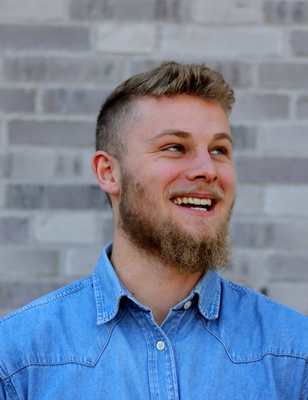Daniel Wendscheck
|
|
Study of the peroxisomal protein import machinery by integrative structural proteomic approachesPrincipal investigator: Prof. Dr. Bettina Warscheid Institut für Biologie II Phone: +49 (0) 76 203 2699 |
Abstract
Peroxisomes are versatile single-membrane bound organelles, which can adapt their repertoire of enzymes to the physiological needs of the cell. They are found in virtually all eukaryotic cells and depending on the nutrient sources, stress conditions, species and tissues, their main tasks vary from H2O2 degradation, over β-oxidation of fatty acids to the biosynthesis of cholesterol, bile acids and plasmalogens. Furthermore, recent work has shown that peroxisomes are part of a larger subcellular network with membrane contact sites to other organelles such as the endoplasmic reticulum, mitochondria or lysosomes, presumably playing an important role in coordinating of cellular metabolism.
Enzymes acting in peroxisomes are nucleus-encoded and thus have to be imported after synthesis in the cytosol. Strikingly, an unfolding of proteins designated to the peroxisomal matrix is not a prerequisite for import, which in turn requires a highly dynamic and adaptive import process. In the yeast Saccharomyces cerevisiae, the import of the majority of peroxisomal matrix proteins, comprising a C-terminal peroxisomal targeting signal 1 (PTS1), is facilitated by a protein import machinery which at its core is composed of the peroxins Pex14p, Pex17p, Pex13p and cytoplasmic light chain dynein 2 (Dyn2p). The current working model assumes a transient PTS1 protein import pore, which is mainly formed by the receptor protein Pex5p together with Pex14p and Pex17p. However, structural information about this highly dynamic protein import machinery is still lacking.
To address this gap in knowledge, we recombinantly expressed and purified truncated Pex14p variants to study the role of different domains for Pex14p homo-oligomerization using native mass spectrometry (MS) and quantitative cross-linking MS (XL-MS). By this approach, we identified the two C-terminal coiled-coil domains of Pex14p to be essential for its oligomerization to homo-trimers. Furthermore, we underpinned these results by the analysis of recombinantly co-expressed and purified Pex14p/Pex17p complexes using native MS and XL-MS. Our data show a parallel arrangement of Pex14p homo-oligomers together with Pex17p in a 3:1 stoichiometry. In ongoing work, we want to extend our model by adding the component Dyn2p. Dyn2p is assumed to directly interact as a functional homo-dimer with Pex17p and may act as molecular glue to form and stabilize larger subcomplexes of the peroxisomal protein import machinery.
Methods
Crosslinking mass spectrometry, Native mass spectrometry, Purification of native protein complexes from yeast cells coupled to crosslinking mass spectrometry, Recombinant expression and affinity purification of target proteins, Mutagenesis of target proteins




